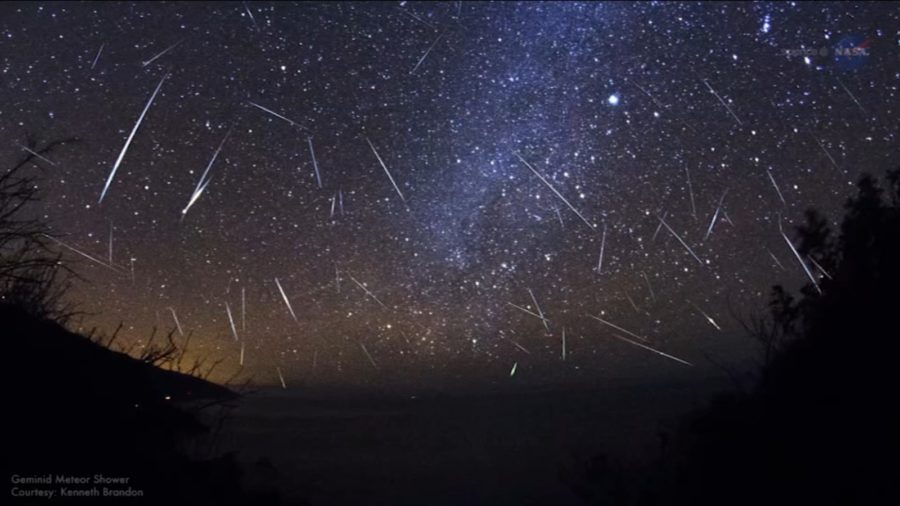The most popular meteor shower of the year, the Perseids, will peak tonight and continue August 11-13.
Get ready for a shooting star extravaganza for the next few.
The following written content from Elizabeth Howell and Sarah Lewin
If you aren’t able to go outside and enjoy the annual Perseid meteor shower at its peak tonight, or you want to learn more about the science of shooting stars, there are lots of webcasts coming to tell you more.
The Perseids happen each year in August and are expected to reach their peak this year between Aug. 11 to 13 (Wednesday to Friday), with the best viewing hours between midnight and dawn on Thursday (Aug. 12), according to NASA. That means the peak is overnight tonight.
Earth is passing through the stream of Comet Swift-Tuttle just as a crescent moon is lighting the sky. Just a few days past the new moon, which arrived Sunday (Aug. 8), the absence of bright moonlight in the night sky will provide almost ideal conditions to catch these cometary crumbs as they slam into our atmosphere, causing the fragments to glow dramatically as “shooting stars.”
When, where & how to see it
The bright Perseids are perhaps the most popular meteor shower of the year, and they’ve just begun! With clear skies, you could see what some consider the most spectacular cosmic light show.
Spectators can expect to see the greatest number of meteors during the shower’s peak between Aug. 11-13 this year, according to Earthsky.org.
Every year, Earth passes through the path of Comet Swift-Tuttle from July 17 to Aug. 24, with the shower’s peak — when Earth passes through the densest, dustiest area — occurring Aug. 11-13. That means you’ll see the most meteors in the shortest amount of time near that time. Years without moonlight see higher rates of meteors per hour, and in outburst years (such as in 2016) the rate can be between 150-200 meteors an hour.
This year, you can expect to see up to 60 meteors per hour at the shower’s peak. Read more from Space





